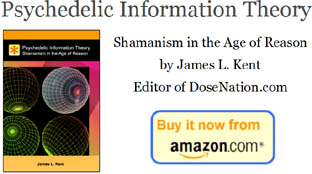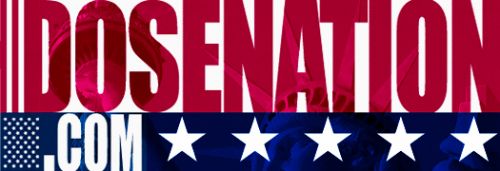LSD's long, strange trip back into the lab
 |
LSD, the drug that launched the psychedelic era and became one of the resounding symbols of the counterculture movement of the '60s, is back in the labs.
Nearly 40 years after widespread fear over recreational abuse of LSD and other hallucinogens forced dozens of scientists to abandon their work, researchers at a handful of major institutions - including UCSF and Harvard University - are reigniting studies. Scientists started looking at less controversial drugs, like ecstasy and magic mushrooms, in the late 1990s, but LSD studies only began about a year ago and are still rare.
The study at UCSF, which is being run by a UC Berkeley graduate student, is looking into the mechanisms of LSD and how it works in the brain. The hope is that such research might support further studies into medical applications of LSD - for chronic headaches, for example - or psychiatric uses.
"Psychedelics are in labs all over the world and there's a lot of promise," said Rick Doblin, director of the Multidisciplinary Association for Psychedelic Studies in Santa Cruz. "The situation with LSD is that because it was the quintessential symbol of the '60s, it was the last to enter the lab."
...
Researchers at UCLA were among the first to return to hallucinogen studies, starting with the drug ecstasy about 10 years ago. Research into psychedelic drugs expanded, with prominent labs around the country studying ecstasy and natural hallucinogens like psilocybin, or magic mushrooms, and peyote.
But LSD, still in disrepute, remained off-limits. The first studies involving LSD in human subjects started last year at Harvard University, and the UCSF study is only the second in the country. At Harvard, scientists are studying potential uses of LSD to treat cluster headaches - chronic headaches that affect sufferers during months-long cycles several times a year...
It still isn't easy to get an LSD study off the ground. Researchers must get permission from the U.S. Food and Drug Administration and the Drug Enforcement Administration plus state regulators, and they need approval from the institution they work for. Then they have to get approval for the source of the actual drug - in the case of UCSF, researchers are using LSD that was manufactured years ago in Switzerland.
Regulatory maze
"Getting through the regulatory maze is quite daunting. It's taken me years to build a system where the FDA and DEA and everyone are happy with how we do our work," Mendelson said. "You have to have a very safe protocol. It's a very cautious system."
Even finding participants for the studies can be a difficult process. The UC researchers usually have to screen 100 volunteers before they can find one who meets their needs. Subjects must have done LSD at least a couple of times before, Mendelson said.
"You don't want people who are looking for a legal way to get a first experience," he said. "This isn't fun. There's no Grateful Dead music playing. This is serious business."
|

Recently @ DoseNation
|
|






















> Scientists started looking at less controversial drugs,
> like ecstasy and magic mushrooms, in the late 1990s,
> but LSD studies only began about a year ago and are still rare. Not quite correct. In fact, psychedelic studies made their comeback almost a decade earlier: Rick Strassman's DMT study took place from 1990 to 1995.
The comments posted here do not reflect the views of the owners of this site.